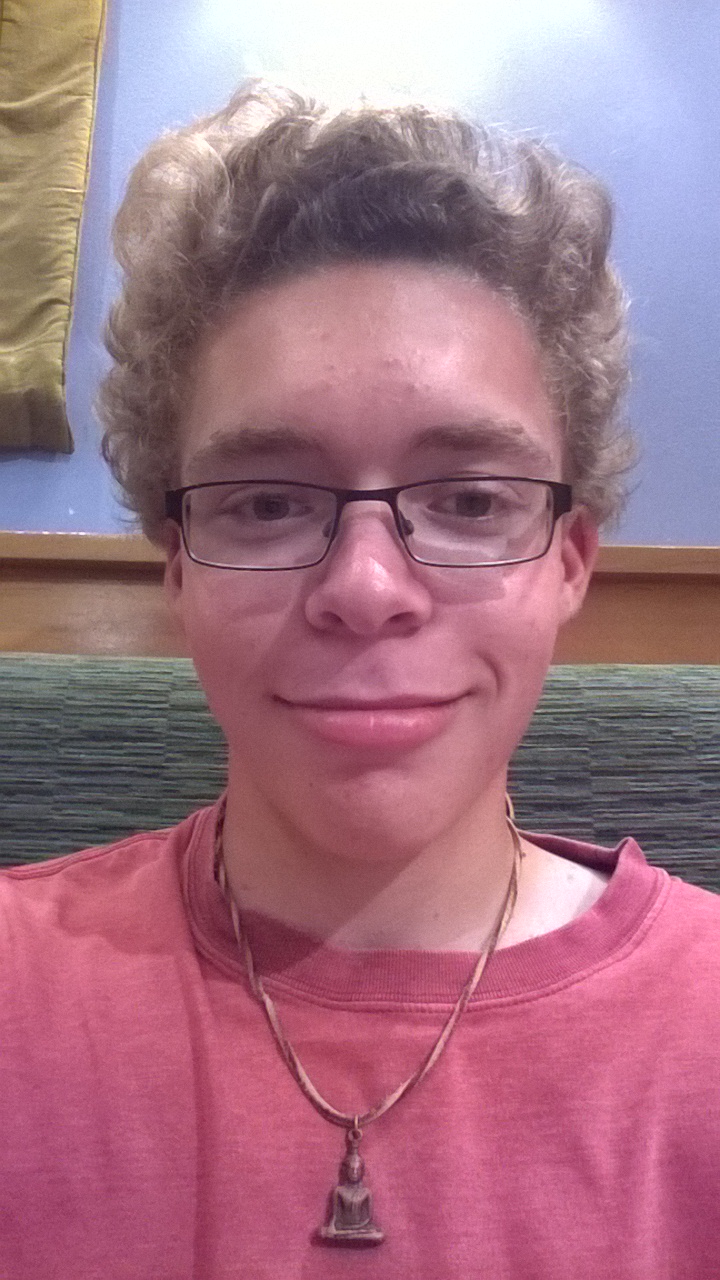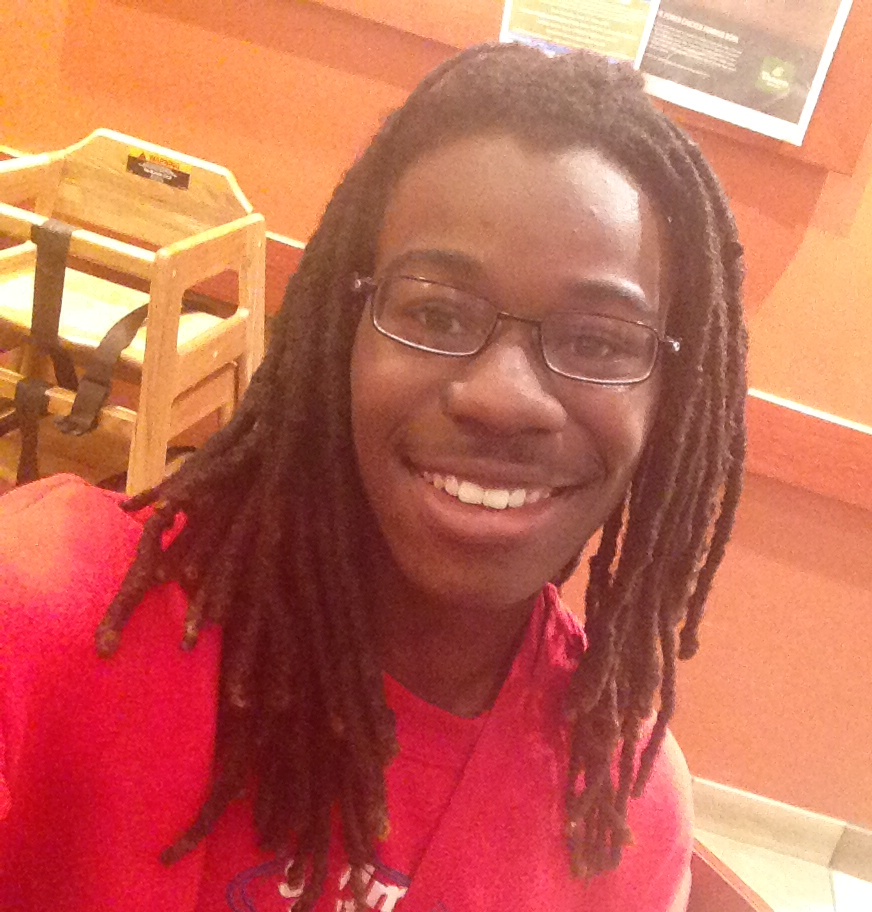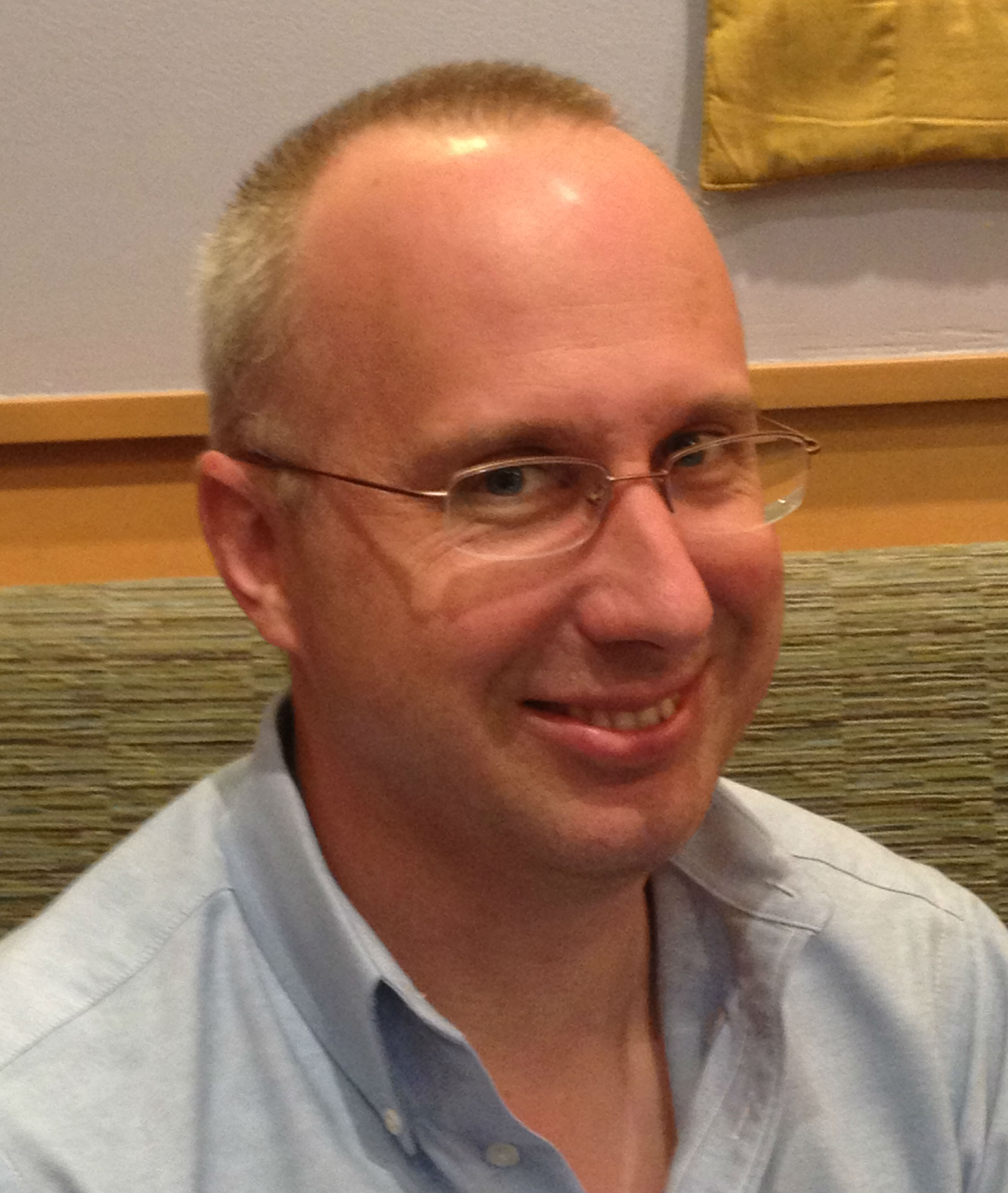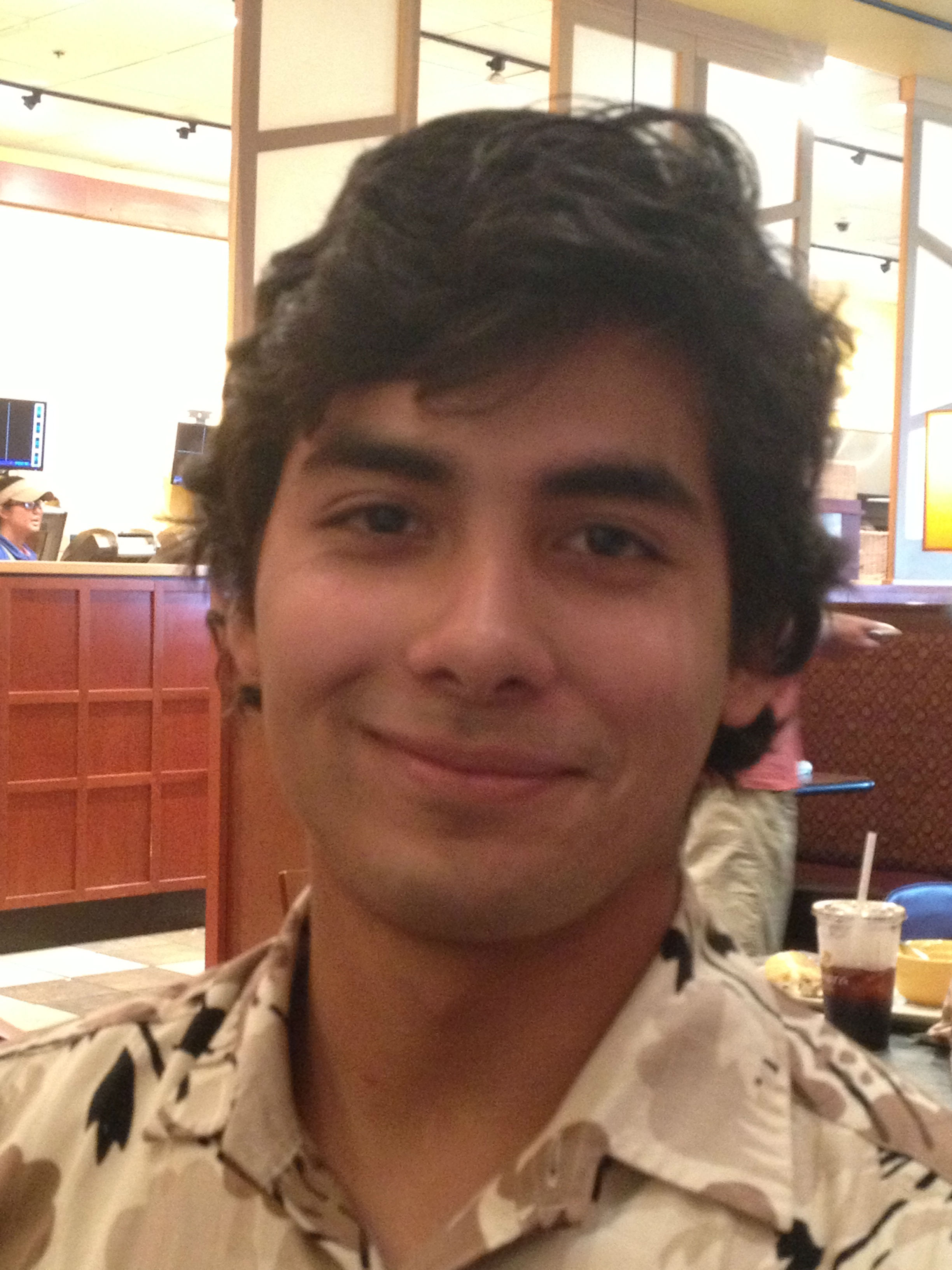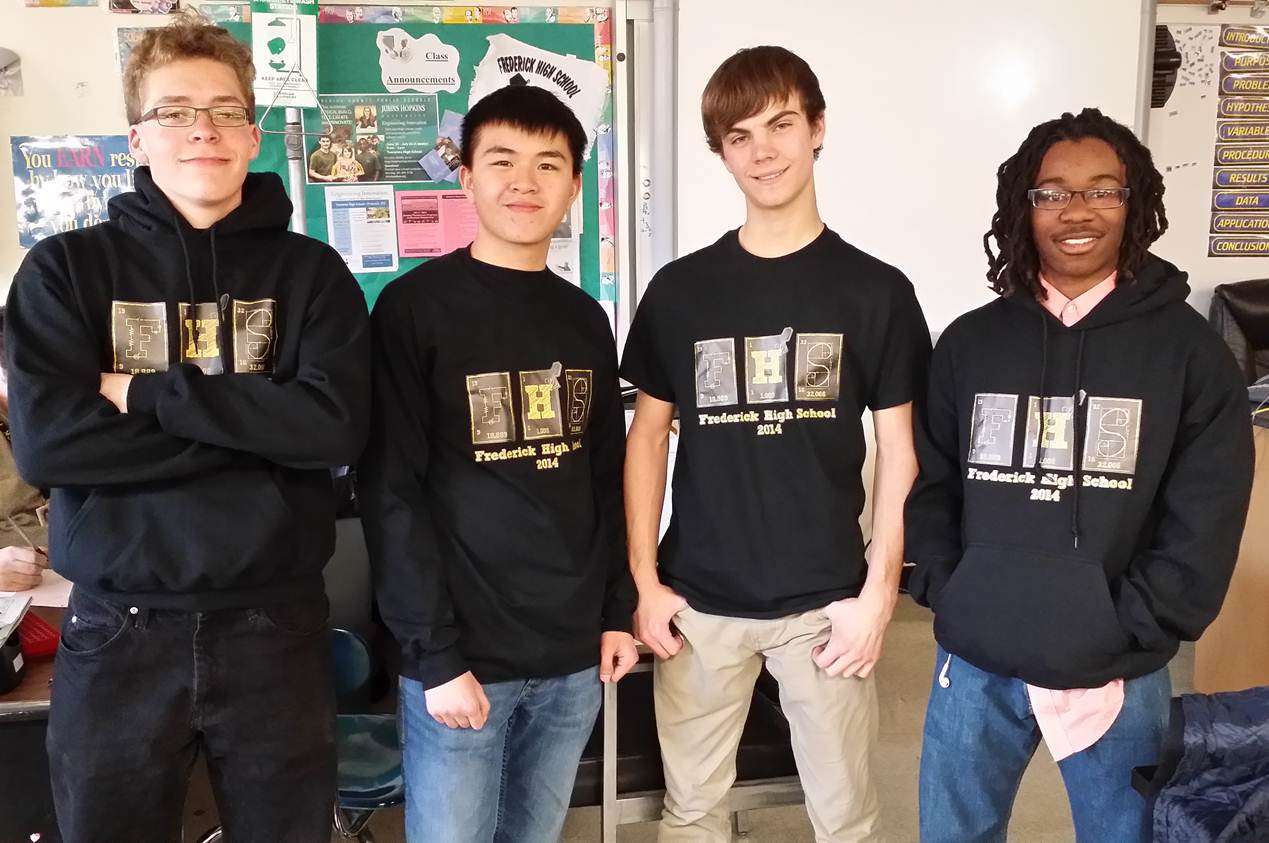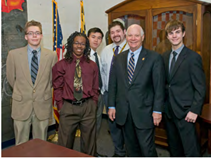Team:FHS Frederick MD
From 2014hs.igem.org
| You can write a background of your team here. Give us a background of your team, the members, etc. Or tell us more about something of your choosing. | |
|
Tell us more about your project. Give us background. Use this as the abstract of your project. Be descriptive but concise (1-2 paragraphs) | File:FHS Frederick MD team.png Your team picture |
| Team FHS_Frederick_MD |
| Official Team Profile |
|---|
Contents |
Team
We are interested in creating a microbial fuel cell that utilizes anaerobic bacteria to produce electricity. In order to optimize the growth conditions in the fuel cell, a fluorescent protein marker will be added so to visualize bacterial growth. We plan to implement an oxygen-sensitive promoter to induce expression of the glowing gene. This should ensure that bacteria only grow under anaerobic conditions. This would lead to the creation of a genetic construct that can be deposited back into the “toolbox” parts repository for iGEM.
Goals
Microbial Fuel Cells
This is about microbial fuel cells. (Alan's section)
A microbial fuel cell is a device that converts the chemical reactions of bacteria into electricity. Within the fuel cell certain bacteria under anaerobic conditions will remove the electrons from organic matter and transfer them to an anode, which will then transfer the electrons through a circuit to a cathode. The current and voltage produced by this process is what creates the electricity required to power certain objects such as a light bulb.
The bacteria that we are currently creating is meant to optimize the microbial fuel cell's potential, as bacteria that will glow under anaerobic conditions will reveal any weaknesses in the fuel cell, structural or otherwise, which can then be assessed and dealt with.
Gene Design
(Kyle and Jonathon, briefly summarize how NirB and LOV work together.)
NirB Promoter
(Kyle, can you add a paragraph here on the NirB promoter?) The NirB gene is reliant on FNR (Fumarate and nitrate reductase) which allows the promoter to activate when there is no oxygen present, as well as facilitates in the regulation of transcription that is responsible for the growth under anaerobic environment. When oxygen is not present, the 4Fe-4S complex help join the FNR components. As this happens, it becomes a protein that attaches to the NirB part of the DNA, which results in the production of the LOV gene.
In an experiment by Morales, sterile oil was glossed over the tube containing the bacteria. The bacteria were then able to use the oxygen until the levels were completely depleted, resulting in a fully anaerobic environment. Once fully anaerobic, the bacteria continued to produce the LOV gene product.
Morales, Pedro Luis Dorado. "pNirB + Gene encoding ZsGreen1." . http://parts.igem.org/Part:BBa_K763002 (accessed June 16, 2014).
LOV Domain
(Jonathon, this is your area to describe how we engineered the LOV gene.)
Methods
(This is Dillon's domain.)
3A Assembly
We used the 3A, or 3 antibody, assembly kit in order to transform E.coli with two genes, the LOV gene and the NirB gene. These genes will allow for further work with Schwenella bacteria in the anaerobic microbial fuel cell. We then used the mini-prep components of the kit to purify our plasmid. We verified the plasmid's presence through electrophoresis and further sequence analysis.
Notebook
Show us how you spent your days.
The following link will direct you to the ArsBiotechnica website which houses all the protocols we followed through the last year to reach our goals of purifying the plasmid the was transformed into our E.coli bacteria
http://arsbiotechnica.org/w/Procedures
Results/Conclusions
What did you achieve over the course of your semester?
Safety
What safety precautions did your team take? Did you take a safety training course? Were you supervised at all times in the lab?
We wore gloves and lab coats during each lab experiment in order to maintain sterility Goggles were worn during lab in order to protect our eyes Supervision was a necessity. Either Mr. Trice or Dr. Rozak were always present during all lab experiments.
Attributions
(ALL: Please write something about yourself and what you have been doing on the team.)
<forum_subtle />
Human Practices
What impact does/will your project have on the public?
As renewable energy and alternative energy resources have become more and more important in the world we live in today, answers, not suggestions, must be found. The research we enacted will allow naturally-occurring bacteria in the soil to generate electricity, rather than traditional methods, such as coal. Through the genetic engineering of the bacteria, we will be able to enhance the bacteria's ability to deposit electrons on the electrodes to produce electricity.
Renewable Energy
(Kyle: How do fuel cell help produce clean renewable energy?)
Clean Water
(Alan: How do fuel cell produce a clean source of water?)
The bacteria within microbial fuel cells will eat away at many forms of organic matter found in wastewater, thereby fulfilling the role of a treatment plant, and creating a clean water source.
There are also no waste products produced by microbial fuel cells, as the energy they generate is taken from the electrons of the organic matter they digest, therefore making pollutants such as nitrogen and other toxic byproducts of no concern.
Basic Research
(Dillon: How will the oxygen-sensitive fluorescent gene we're making help people study and improve upon microbial fuel cell performance?)
Researchers could use our fluorescent gene to determine the length of time it takes from initial placement of the bacteria in the soil until the time electrical energy is generated. Research could be done to amplify the gene and cause the bacteria to generate more energy in a more timely time frame.
Researchers could also use the gene to determine the optimal bacterial concentration that needs to be implemented in order to maximize energy output.
With the glowing gene, researchers could also look at optimal soil types i.e. what nutrients are in the soil, the moisture amount, the soil analysis, etc. Certain soils may generate more electricity or more nutrients may need to be added to soil in order to maximize performance. Farmers may also be able to look at what crops produce certain nutrients and then plan from there as to how to generate electricity.
The gene could also be examined in order to increase electrical output on a larger scale and thus increasing fuel cell performance.
Public Awareness
(Jonathon: Discuss how our meeting with Cardin helped raise public awareness for STEM.)
'Can we include the picture of the newspaper, or the selfie with Cardin in this section? == Headline text ==
Fun!
What was your favorite team snack?? Have a picture of your team mascot?
<forum_subtle />
Sponsors
We'd like to thank the following organizations for making this possible.
 "
"

